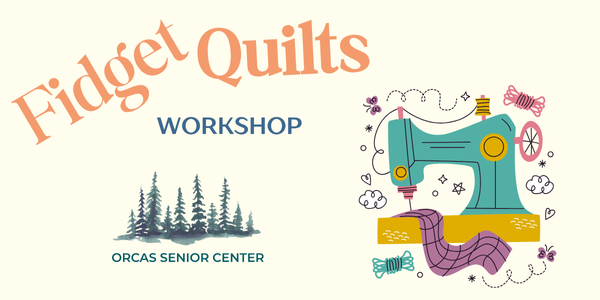By Lesley Liddle
Lesley Liddle is a certified service and pet dog trainer. First Mate Lulu is a Corgi/Red Heeler with spots like a baby harbor seal; Crewman Leonard is a Chihuahua/Doxie with tall ears like a rabbit. Both dogs have very short legs and were originally found in California shelters. Lesley has average legs and can be found on Orcas Island
To be an effective dog trainer, one has to rearrange the way one approaches the art of teaching and the different ways of learning, because dogs and people communicate in different ways. One needs to find what actually works.
Most often people just expect dogs to understand them, and dogs try very hard to do this, in spite of the fact that our messages are rarely consistent and often baffling. Take jumping up for example. My dog is shorter than I am and when she greets me she really wants to greet my face. This is absolutely natural – so she levitates in the attempt to do that.
How odd that I don’t like her jumping on me! Aren’t I also glad to see her? Yes, of course I am, but we humans don’t generally jump on each other for greetings. It is my task to teach her an alternative greeting that will satisfy us both. If I squawk and screech “No, no, no, no!” and shove her away, she interprets this as “Whoopie, whoopie, push, push, push, oh boy play time!” That is how dogs interpret noise combined with physical pushing. Pushing creates resistance and more pushing. To a dog, being pushed away just means “Push back!”
Without saying anything (this is important) my job then is to spin around presenting my backside to Lulu every time she jumps on me and to repeat this maneuver until she on her own sits in utter perplexity. She doesn’t want my back. She has to figure out that jumping up on me does not get her what she wants.
But sitting for me DOES get her what she wants. Because every time she sits, I face her and quickly give her a yummy treat. She may try jumping on me a few more times, but it never gets her what she wants, while sitting does. The sit wins every time. I repeat this many times. I can squat later and give her a good greeting after she has learned the primary action of sitting, but she must always first sit for me to greet. I will always give her my backside when she jumps up on me.
And this must be generalized to everyone she greets. Rather than being confused and feeling my escalating irritation over her habit of jumping up, Lulu has learned to sit for greetings because I have consistently given her a message she can understand and which earns a reward.
She has also gained confidence because she herself offered the “sit” solution. I try to set her up so she can problem solve and choose correct behavior. The happy result is a dog who has learned to think.
**If you are reading theOrcasonian for free, thank your fellow islanders. If you would like to support theOrcasonian CLICK HERE to set your modestly-priced, voluntary subscription. Otherwise, no worries; we’re happy to share with you.**








I love this